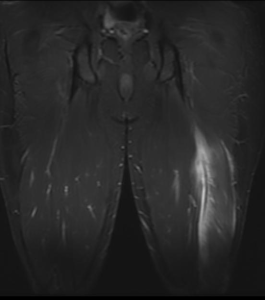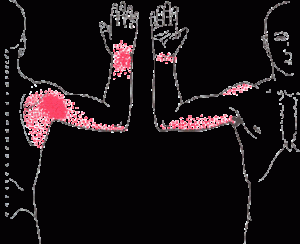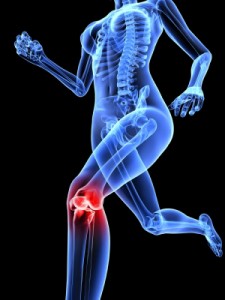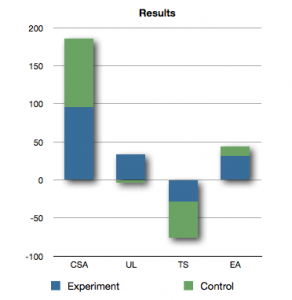Many sports physiotherapists rehabilitate hamstring injuries on a daily basis. Unfortunately, they can be very tricky to fully and definitively rehabilitate fully and reported re-injury rates are as high as 50%. This statistic inevitably leads to the people screaming it is due to inadequate rehabilitation techniques, which may be correct. Accordingly, this article will discuss new research which compares the clinical and morphological effects of 2 effective rehabilitation programs for hamstring injuries.
Lateral epicondylalgia (tennis elbow) is a condition that I, and am sure many other physiotherapists out there, treat very commonly. Interestingly, despite the frequency with which healthcare is sought for this condition; only recently has our understanding of the pathophysiology of lateral elbow overuse injury improved. Consequently, the treatment approaches for lateral epicondylalgia vary widely and lack definitive evidence. Therefore, this article will discuss the evidence based assessment and management of lateral epicondylalgia (tennis elbow)…
Groin pain is a common complaint in sports involving running, kicking and explosive changes of direction, and as such is frequently encountered by the sports physiotherapist. In soccer, groin and lower abdominal pain accounts for 10-13% of injuries per year. However, due to the number of potential differential diagnoses for athletes with chronic pain in the groin and lower abdominal region only a small proportion of athletes are eventually diagnosed with athletic pubalgia (sports hernias). Athletic pubalgia is a poorly understood disease process and it is imperative that athletes with the condition are managed appropriately as the symptoms can eventually limit the athlete’s participation in training and playing.
Shoulder injuries to the rotator cuff are very common. Whilst rotator cuff injuries are more commonly seen in supraspinatus and infraspinatus, there has been a recent increase in awareness and recognition of subscapularis injuries. In fact, Barth et al. (2006) suggested 29.4% of those who underwent shoulder arthroscopy for a rotator cuff tear had involvement of the subscapularis. Therefore, a thorough understanding of the evidence based clinical assessment for subscapularis is essential, and is thus presented in this article.
Patellar tendinopathy is a common overuse injury of the patella tendon frequently seen in running and jumping sports. As many as 53% of athletes retire from their sports due to this injury, highlighting the importance of knowledge and up to date research in such an area to provide optimal treatment (van Ark et al, 2011). The utilisation of injection therapy has recently gained popularity and a number of studies have investigated the clinical benefits and pathological results of the various injection options. This article will discuss new research on the efficacy of injection treatments for patellar tendinopathy.
As most sports physiotherapists would know, injuries of the groin are very common. This is particularly true in sports that require lateral movements and kicking; think football, rugby and AFL. In fact in some sports the incidence of groin pain is as high as 13%. This means that we are regularly assessing groin pathologies, and should be aware of the most effective and reliable techniques to assess deficits in adductor function. This article will discuss new research on the Adductor Squeeze Test that can inform and improve your clinical practice…
The use of ultrasound therapy is widespread in sports physiotherapy and physical therapy practice. In most cases it is used as an adjunctive therapy to other forms of treatment and rehabilitation. This, unfortunately, is in the absence of well-designed clinical trials demonstrating any significant improvement in human function. This article will discuss recent research on low intensity pulsed ultrasound for the management of soft-tissue injuries….
Patellar tendinopathy, commonly referred to as “Jumper’s Knee”, is a common overuse lower limb injury. In certain sporting populations, such as elite volleyball, the incidence can be as high as 45% (Lian et al., 2005). Thus, it is easy to see the importance of the identification of risk factors for patellar tendinopathy. Additionally, once identified such risk factors have clear implications for both the prevention and rehabilitation of this condition. This article discusses the latest research identifying risk factors for the development of patellar tendinopathy.
INTRODUCTION Mid-portion (or non-insertional) Achilles tendinopathy has been reported as one of the most common overuse injuries (Maffulli et al., 2003). It is common in those who engage in regular physical activity, which means athletes are particularly susceptible to this condition. Sports physiotherapists who treat regularly treat runners will be aware of its high incidence […]
INTRODUCTION Many of you, I’m sure, will be interested to learn to efficacy of PRP injections for treating athletes with chronic achilles tendinopathies. PRP has gained significant attention of late; in the media, medical community and with our athletes. It seems my athletes are always asking for information on the most effective form of injectional […]
In the past this site has featured some lighter, colloquial blog posts. These articles discuss issues related to the greater physiotherapy community. Thus, I present a few mantras I have heard, adapted or made up for the physios to live by in the coming year.
Radial tunnel syndrome is rare, it is challenging to differentially diagnose and can be a monster to manage. If you have a recalcitrant case of tennis elbow then this post will interest you! This article discusses the best available evidence for assessment and management of radial tunnel syndrome.









